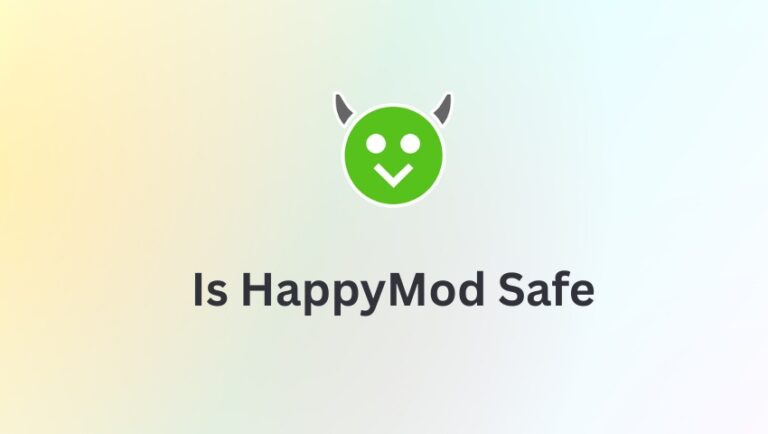Video&A: The Future of Interactive Communication
Text-heavy blogs and long comment threads have their place, but people increasingly crave authentic, interactive, and humanized engagement. Enter Video&A — a game-changing format that merges the visual appeal of video with the interactivity of a question-and-answer experience.
Whether you’re a business owner, marketer, creator, or educator, understanding Video&A is vital. This article explores the meaning of Video&A, its benefits, use cases, platforms, challenges, and its future role in shaping communication and digital engagement.
What is Video&A?
Video&A refers to a digital format where questions are answered in video form rather than text. Instead of responding to FAQs, comments, or queries with paragraphs of text, creators and businesses use short-form or long-form videos to answer directly.
It is different from traditional video content because it is interactive. Audiences participate by asking questions, and creators respond with personalized videos. Platforms like TikTok’s “Reply with Video” feature and Instagram’s Q&A stickers already reflect this growing trend.
In essence, Video&A combines the authenticity of face-to-face communication with the scalability of digital media.
Why Video&A Matters in 2025
The importance of Video&A lies in changing consumer behavior:
- Video is the king of content. According to recent studies, over 82% of online traffic is now video.
- Trust and authenticity drive decisions. People prefer watching a real person answer their questions over reading text.
- Short attention spans. Video&A caters to audiences who want fast, concise, and engaging information.
For businesses and creators, adopting Video&A means staying ahead in an era where interactive communication sets brands apart.
Benefits of Video&A
1. For Businesses
- Builds brand trust by showcasing transparency.
- Reduces customer service time with video FAQs.
- Increases engagement rates compared to traditional Q&A forums.
2. For Creators
- Strengthens community connection.
- Offers more personal branding opportunities.
- Increases visibility on platforms that prioritize video content.
3. For Audiences
- More engaging and entertaining than reading text.
- Easier to understand complex answers (visuals, demonstrations).
- Feels personalized and authentic.
Video&A vs Traditional Q&A
To better understand the rise of Video&A, let’s compare it with older formats:
| Feature | Text Q&A | Live Q&A Sessions | Video&A |
|---|---|---|---|
| Format | Written responses | Real-time video interaction | Pre-recorded/short video answers |
| Engagement | Low–Moderate | High but limited to live viewers | High & evergreen |
| Scalability | Very scalable | Hard to scale | Moderately scalable |
| Personalization | Low | Very high | High |
| Accessibility | Easy to skim | Time-bound | Flexible with captions |
| Examples | Quora, FAQ pages | Instagram Live, Zoom Q&A | TikTok video replies, Instagram Stories |
This comparison highlights that Video&A strikes a balance between scalability, personalization, and engagement — making it the preferred communication method for 2025.
Read More: Veneajelu
How to Create Effective Video&A Content
Adopting Video&A requires more than just turning on the camera. To succeed, follow these best practices:
1. Keep it Short and Conversational
Audiences prefer quick, digestible answers. Aim for 30–90 seconds per video when possible.
2. Maintain Professional but Authentic Quality
- Good lighting and clear sound are non-negotiable.
- A simple setup (ring light, microphone, uncluttered background) can elevate quality.
3. Add Captions and Subtitles
Accessibility is crucial. Captions not only help differently-abled viewers but also improve engagement for audiences watching without sound.
4. Balance Personalization with Relevance
While addressing individual questions, ensure your answers provide value to a broader audience.
5. End with Engagement Hooks
Encourage viewers to ask more questions, share, or engage with your brand.
Platforms Supporting Video&A
Video&A is rapidly gaining traction across platforms:
- TikTok: “Reply with Video” lets creators respond directly to comments with new videos.
- YouTube Shorts & Community Q&A: Creators can post Q&A videos for their audience.
- Instagram Stories Q&A Stickers: Allows real-time interactive responses.
- Vimeo & Wistia: Business-oriented platforms supporting interactive video features.
This shows that Video&A is not limited to social media — it’s becoming mainstream in both professional and entertainment sectors.
Video&A in Marketing Strategy
For businesses, Video&A is more than just content—it’s a marketing powerhouse. Here’s how companies are using it:
1. Customer Support & FAQs
Instead of endless text-based FAQs, companies now use short videos to answer common customer questions.
2. Product Launches & Tutorials
Brands demonstrate product features by answering customer questions in video form.
3. Employee Training
Video&A is also powerful for internal use, where managers answer staff queries with quick videos.
4. Brand Storytelling
Video&A allows businesses to showcase their journey by directly answering community-driven questions.
Challenges of Video&A
Like every innovation, Video&A comes with challenges:
- Time and Resources: Recording video takes more effort than typing.
- Scalability: Difficult for businesses with thousands of questions.
- Moderation: Ensuring answers remain professional and appropriate.
- Accessibility: Not all audiences can easily watch or listen to videos.
Businesses can overcome these by creating a hybrid model, mixing text and video responses.
Future of Video&A
The future of Video&A looks incredibly promising. Emerging trends include:
- AI-Powered Video&A
- AI avatars will answer FAQs with human-like video responses.
- Automatic translation to different languages for global reach.
- Interactive Shopping Experiences
- Customers ask product-related questions and get personalized video answers.
- Integration into e-commerce platforms like Amazon, Shopify, and WooCommerce.
- Education & E-Learning
- Students asking questions and receiving teacher video replies.
- Metaverse & VR Integration
- Video&A could evolve into 3D avatar Q&A sessions in virtual spaces.
These advancements mean that Video&A is not just a passing trend—it’s the future of communication and engagement.
Case Studies: Video&A in Action
TikTok Influencers
Creators on TikTok are using the “Reply with Video” feature to build deeper relationships with followers, answering questions with quick, personalized videos that boost engagement.
Nike
Nike has experimented with interactive Q&A videos in campaigns, showing customers how to use products and encouraging direct engagement.
Small Businesses
Local shops and e-commerce brands are creating Instagram Story Q&A videos to answer product queries, increasing sales and customer satisfaction.
Conclusion
Video&A represents a shift in how people interact with brands, creators, and each other. By merging the visual power of video with the interactivity of Q&A, it bridges the gap between personalization and scalability.
Businesses, educators, and creators adopting Video&A today will be at the forefront of tomorrow’s communication landscape. As technology advances, with AI and VR entering the scene, Video&A will evolve into an even more powerful tool for engagement.







